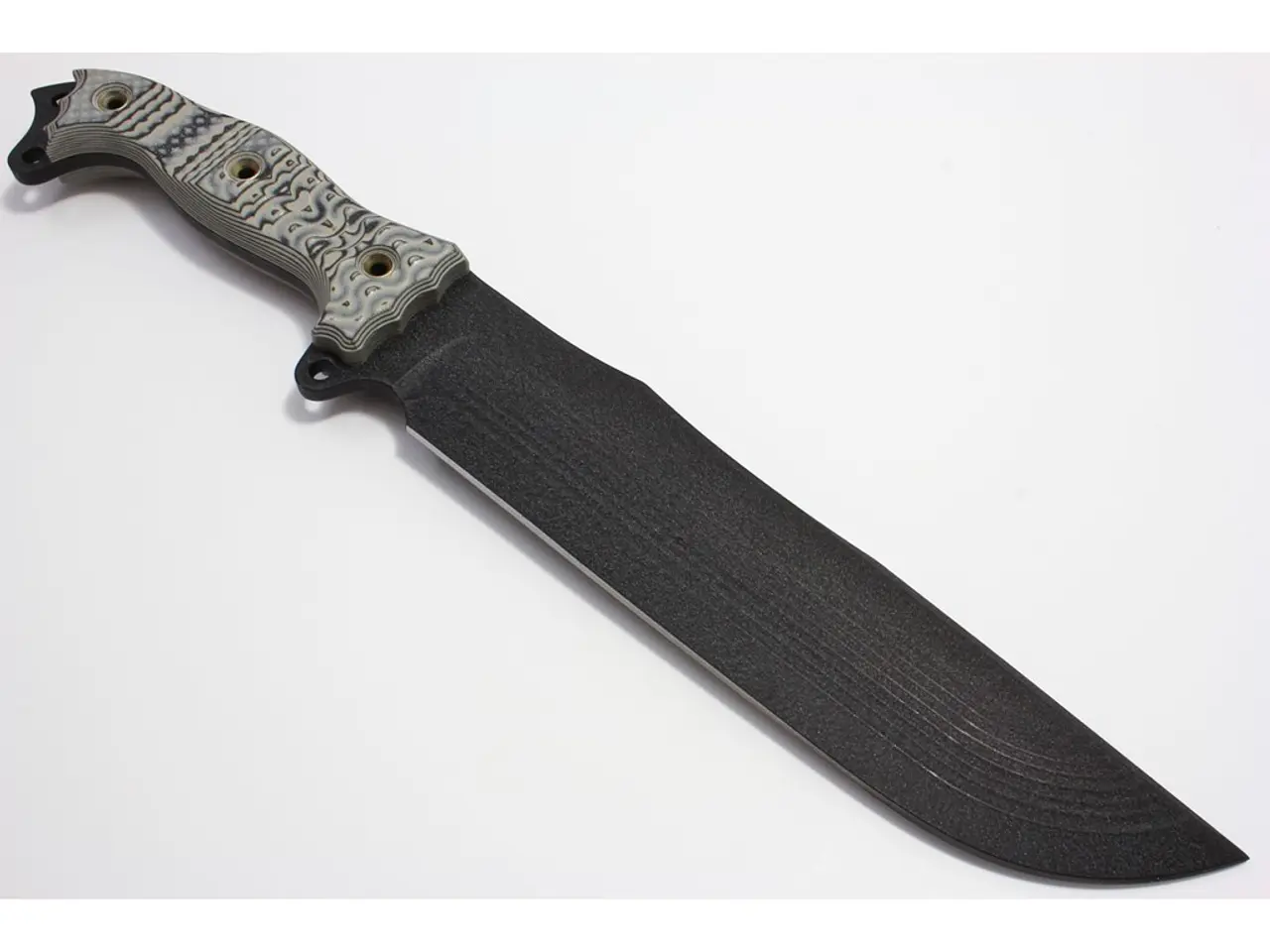Cold Knife Cone Biopsy: A Key Step in Cervical Cancer Diagnosis and Treatment
Women diagnosed with cervical precancer or cancer, or those needing further tissue examination after a punch biopsy, may undergo a cold knife cone biopsy. This procedure, also known as conization, is both a diagnostic tool and a treatment.
The cold knife cone biopsy involves removing a cone-shaped piece of cervical tissue for examination. It's performed under general or regional anesthesia and takes less than an hour, typically as an outpatient procedure. Recovery can take several weeks, with symptoms including cramping, bleeding, and vaginal discharge.
Preparation includes fasting and avoiding vaginal products, with certain medications halted as directed. Risks include infection, cervical scarring, and incompetent cervix. Follow-up depends on biopsy results, with histopathological evaluation and clinical monitoring determining further treatment or surveillance.
Cold knife cone biopsy is a crucial step in diagnosing and treating cervical precancer and cancer. Despite its invasive nature, it's often the best course when other biopsies prove insufficient. Post-procedure care and follow-up are vital to ensure patient safety and determine the next steps in treatment.




